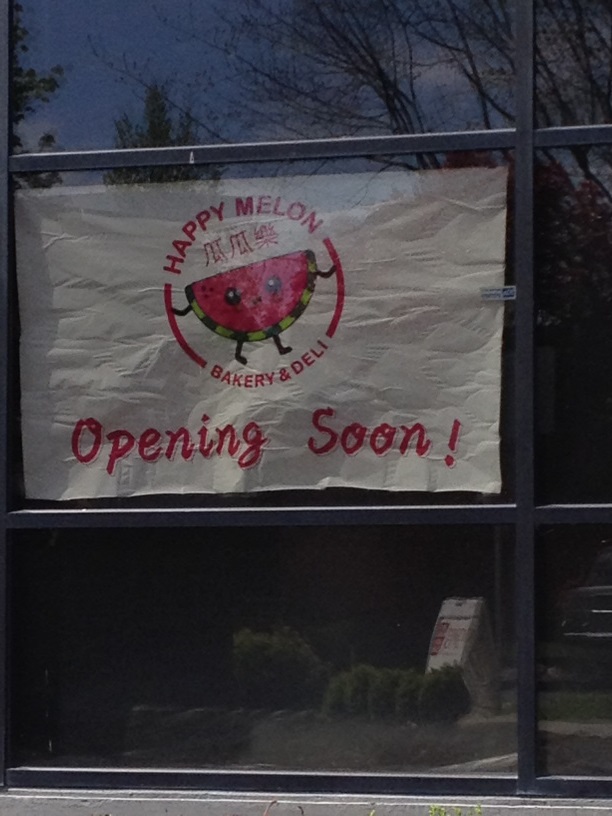George Smathers called Claude Pepper plenty of nasty names during a 1950 primary race, but the Florida senator is best remembered for a slew of epithets he never flung. Smathers didn’t say Pepper was “a shameless extrovert,” nor did he accuse him of practicing celibacy before marriage. The apocryphal accusations, which first showed up in The Washington Post, were a remix of a decades-old Capitol Hill gag in which a sputtering Mississippi legislator refuses to fund coed schools because the boys and girls “matriculate together and use the same curriculum.” Yet campaign reporters, weary of finding new ways to cover Smathers’ notoriously dull stump speech, jumped on it.
“[You’ll] have a difficult time persuading the general public that you did not in fact make those remarks,” William F. Buckley told a despairing Smathers, who offered $10,000 to anyone who could prove he’d tried to bait backwoods voters with big words. The charges stuck because it seemed plausible that a politician seeking an edge at the polls just might resort to semantic skullduggery. What’s the harm of a little hocus-pocus when there’s a Senate seat at stake?
I was reminded of the speech Smathers never gave while dining at Restaurant Zoë, the second incarnation of Scott and Heather Staples’ terrifically popular Belltown restaurant. The first Zoë shut down last summer, just short of its 11th anniversary, with the Stapleses publicly reasoning that fleeing to a neighborhood with more culinary gravitas would be cheaper than reinventing their brand in situ. The problem for diners at the new Zoë—which earlier this year opened at the Capitol Hill corner anchored by Skillet Diner, Marjorie, and Oola Distillery— is that the restaurant still feels as though it’s conceptually in the midst of moving. The Stapleses have transplanted successful elements from their other enterprises (Uneeda Burger, Quinn’s Pub. and Zoe 1.0), but they’re an uneasy fit, and both the food and service at Zoë are marred by aggravating flaws.
Zoë is doing its darnedest to distract patrons from its shortcomings, diverting them with remarkably strong cocktails, a smattering of dishes draped in gratuitous scads of fat, and a menu studded with lingo that would have made Senator Smathers blush. “Is this a menu or a Scrabble board?” asked one of the college-educated companions at my table, bewildered by the references to amaranth, panisse, and speculaas.
At a tauter restaurant, polysyllabic descriptors might well be harbingers of blissful dishes that couldn’t possibly be conveyed in simpler terms. But when a celery-root soup with Dungeness crab and pumpkin-seed pistou turns out to be a cream-sodden, ocherous puddle with a faint curry flavor, it’s clear the million-dollar words amount to little more than sound and fury. Our server’s roundabout definitions, which hinged on terms unfamiliar to restaurantgoers who’d rather eat their food than photograph it, did little to clear the cloud of defeat that hovered above my guests. They contemplated ordering burgers.
In fact, the Stapleses serve an excellent Painted Hills beef burger at Quinn’s Pub and Uneeda Burger, where a patty can be topped with bacon and barbecue sauce. At Zoë, the toppings are balsamic mushrooms, taleggio, and pimenton aioli, but the humble $15 sandwich still seems out of place alongside a $32 serving of braised short ribs that were pushing their seasonal welcome in April. Zoë’s menu structure is confounding: In addition to the burger and short ribs, there are two entrées, six small plates, and seven “snacks”—essentially small plates that don’t require utensils. The small plates are too insubstantial to add up to a meal that someone who’s spent the day working could comfortably afford, but the paucity of “large plates” suggests Zoë isn’t an app-and-entrée joint either. Best of luck.
If the menu is scattered, the decor is doubly so. The restaurant is divided into two very different—albeit equally well-groomed—halves. Fashioned after a barn motif, the main room is attractively lit by an expansive west-facing window that nearly stretches to a lofty ceiling with exposed beams. The wooden dining tables are separated from the back of the house by shelves supporting jars of brightly colored pickled vegetables, a barrier which can’t contain the nervous energy that erupts when the restaurant gets busy. A hostess who seated us at a table between the kitchen and the front door warned that we’d be exposed to bustle and cold, and she was right on both counts. (Service is refreshingly frank at Zoë: When we asked after a costly abalone appetizer, our server immediately instructed us to skip it.)
An enclosed patio off the dining room is calmer and more comfortable. The rigorous rusticity of the front room is relaxed out back: There’s a woodpile, but no pickles, and the chairs and floor are rain-cloud gray. From the vantage point of the patio, Zoë feels less awkwardly special-occasion-ish and more like the kind of restaurant that could earn a spot in a diner’s regular rotation.
On my second visit, when Zoë’s staff seemed to identify me as a food critic, dinner started with a free serving of chewy roasted chickpeas dusted with Moroccan spices. The snack outclassed most of the starters. Cardboardy pork rinds looked and tasted like puffed paperweights. Snail croquettes, plopped in a smear of tart remoulade, had an oddly pixelated quality. Lamb ribs painted with a shiny tamarind sauce were the victims of prep inattention, resulting in unpleasant mouthfuls of fat that should have been rendered or trimmed.
Other dishes had apparently spent too much time in the kitchen. A swim of zingy Bolognese showcasing wild boar—a signature Staples protein—was excellent, but the nettle pappardelle noodles in the same bowl were mushy and limp. Gnudi paired with lamb sausage were overfloured, so the delicate dumplings struck a cottony chord. And braised short ribs didn’t just yield to a fork’s touch, but nearly decomposed beneath its weight. These preparations aren’t worth the wait, which at Zoë is often very long: Even an early weeknight dinner can consume hours.
Most of the dishes I sampled at Zoë were disappointments, but a few items rose to meet a slightly higher bar. Salted caramel macarons sound like a double helping of cliché, but pastry chef Andrea Terrenzio’s version of the confection was perfectly tuned. A pristine steak tartare served with stubby, crisp cornichons and a rush of housemade chips cut from fingerling potatoes was terrific, as was a gorgeously oiled salad of fleshy, split radishes and white anchovies.
It’s probably worth noting that all the dishes mentioned in the above paragraph surfaced the night our server recognized me. Even the short ribs, so droopy on the first go-round, were better. While that’s not surprising, it’s a shame that Restaurant Zoë is hustling to conceal its errors instead of proffering the stellar food and service that Seattleites have come to expect from a Staples operation.
Price Guide
Pork rinds $4
Lamb ribs $10
Bolognese $10
Steak tartare $12
Radishes $10
Short ribs $32
Macarons $4








